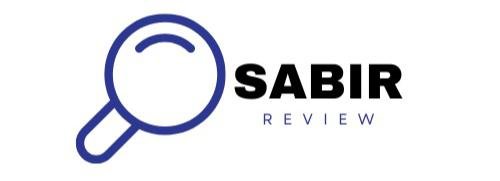
The Importance of Professional Development
- Adapting to Change: The educational field is constantly changing due to technological advancements, new teaching methodologies, and evolving curriculum standards. Professional development helps teachers stay current with these changes, ensuring that they can provide the best education possible.
- Enhancing Teaching Skills: Ongoing training enables educators to refine their teaching strategies, learn new techniques, and adapt their approaches to meet the diverse needs of their students. This directly impacts student engagement and learning outcomes.
- Promoting Collaboration: Professional development often provides opportunities for teachers to collaborate with colleagues, share experiences, and learn from one another. This collaborative spirit fosters a community of practice that benefits everyone involved.
- Improving Student Outcomes: Research shows that effective professional development positively affects student achievement. When teachers improve their skills and knowledge, their students are more likely to succeed.
- Fostering Personal Growth: Engaging in professional development allows teachers to reflect on their practices, set new goals, and pursue personal growth. This journey can lead to greater job satisfaction and career fulfillment.
Types of Professional Development
- Workshops and Seminars: Short-term training sessions focused on specific topics, skills, or strategies. These can be offered in-person or online, making them accessible to a wide range of educators.
- Conferences: Larger gatherings of educators where workshops, keynote speeches, and networking opportunities abound. Conferences provide exposure to the latest trends and research in education.
- Online Courses and Webinars: Flexible options that allow teachers to learn at their own pace. Online platforms often offer a variety of topics and are a great way to fit professional development into busy schedules.
- Peer Coaching and Mentoring: Collaborative approaches where experienced teachers support their peers. This method encourages reflection and feedback in a supportive environment.
- Action Research: Teachers can engage in self-directed inquiry to explore specific teaching challenges. This process involves implementing strategies, collecting data, and analyzing results to inform practice.
- Graduate Courses and Certifications: Pursuing advanced degrees or specialized certifications can deepen knowledge in specific areas and enhance career opportunities.
- Book Clubs and Study Groups: Engaging in group discussions around educational literature fosters critical thinking and shared learning among colleagues.
Strategies for Effective Professional Development
- Set Clear Goals: Before engaging in professional development, educators should identify specific skills or areas they want to improve. Setting clear, achievable goals will help guide their learning journey.
- Choose Relevant Topics: Select professional development opportunities that align with personal interests, classroom needs, and school goals. This relevance increases motivation and applicability.
- Collaborate with Colleagues: Engage with fellow educators to share insights and strategies learned during professional development sessions. Collaborative reflection can deepen understanding and enhance practice.
- Implement What You Learn: After attending workshops or courses, teachers should apply new strategies in their classrooms. Experimenting with new techniques is crucial for integrating learning into practice.
- Seek Feedback: Gathering feedback from students and peers can provide valuable insights into the effectiveness of new strategies and approaches. This feedback loop is essential for continuous improvement.
- Reflect on Your Practice: Take time to reflect on what worked, what didn’t, and how to move forward. Reflective practice is a cornerstone of effective teaching and professional growth.
- Stay Informed: Follow educational blogs, podcasts, and social media accounts that focus on teaching and professional development. Staying informed about new trends and research keeps educators engaged in their learning.
- Create a Personal Learning Network (PLN): Building connections with other educators through social media, professional organizations, or local networks can provide ongoing support and inspiration.
Overcoming Barriers to Professional Development
Despite the benefits, some educators may face barriers to participating in professional development. Here are strategies to overcome common challenges:
- Time Constraints: Prioritize professional development by scheduling dedicated time for learning. Incorporate learning into existing planning periods or collaborate with colleagues for group learning sessions.
- Financial Limitations: Seek out free or low-cost professional development opportunities. Many organizations and online platforms offer valuable resources at little or no cost.
- Lack of Administrative Support: Advocate for professional development by sharing its benefits with school leadership. Propose collaborative opportunities that can enhance the entire faculty.
- Resistance to Change: Emphasize the positive impact of professional development on student learning. Sharing success stories can inspire colleagues to embrace new ideas and practices.
Conclusion
Professional development is an essential component of effective teaching. By embracing lifelong learning, educators can continually enhance their skills, adapt to new challenges, and ultimately improve student outcomes. As the educational landscape evolves, the commitment to professional growth will empower teachers to create engaging, responsive, and supportive learning environments.
Investing in professional development is not just about acquiring new skills; it’s about fostering a culture of excellence in education. As teachers embark on this journey of lifelong learning, they not only enrich their own practice but also inspire their students to become lifelong learners as well.
